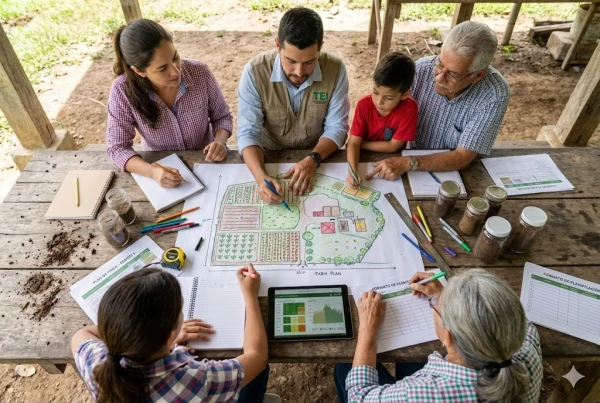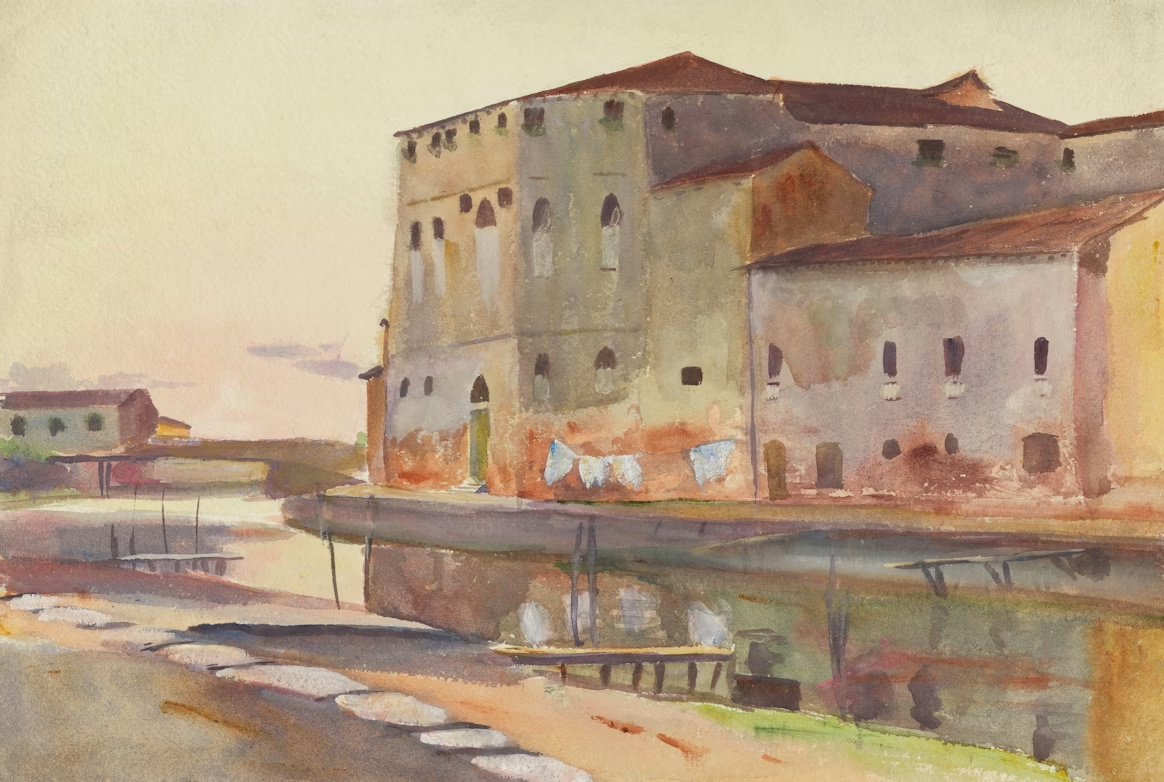Our Views
How to Design and Structure IT Parks
IT Parks are more than real estate: they are orchestrated ecosystems intended to attract investment, spur innovation, and generate sustainable economic growth. Designing and structuring them demands attention to physical infrastructure, digital backbone, financing, governance, and long-term adaptability. While developed and developing countries share the same broad pillars, their challenges and opportunities differ—and real-world experience, such as Aninver’s strategic work in Ethiopia, illustrates how to navigate those differences.
Below, we walk through each dimension, contrasting approaches for mature vs. emerging markets, and showing how Aninver’s involvement in the Ethiopian IT Park informs a grounded, actionable perspective.
Physical Infrastructure: Foundations That Scale
Location and Accessibility
In developed economies, IT parks often emerge in or adjacent to urban tech clusters—leveraging existing road, transit, and utility networks. In developing settings, they may be built in greenfield sites intentionally placed to catalyze regional development.
Case in point – Ethiopia: Check Aninver’s strategic planning for the Ethiopian IT Park
Utilities, Redundancy & Campus Design
A robust utility supply—with redundancy—is essential everywhere. In mature markets, backup power or dual-feed grids are often already standard. In emerging markets, the park may need to build capacity (e.g. substations, microgrids) to guarantee stability.
Buildings must be flexible, modular, and tech-ready. Shell-and-core construction with high ceilings, raised floors or underfloor ducts, and efficient cabling pathways allow tenants to deploy rapidly.
In Ethiopia, Aninver’s planning included a master layout balancing density and open space, provisions for plug-and-play “tech blocks,” and allowances for future expansion—while ensuring that power and water lines could scale seamlessly from day one.
Security (physical access control, fencing, perimeter monitoring) is mandatory, adapted to local context. In some emerging contexts, stronger perimeter controls and surveillance may be necessary; in developed settings, more emphasis may be placed on smart building systems and controlled access.
Digital Infrastructure: The Core Value Proposition
Connectivity & Redundancy
Globally, fiber-optic backbone infrastructure is table stakes. In mature markets, multiple telecom operators already offer connectivity, so the challenge is ensuring high capacity and low latency. In developing countries, the park may need to co-invest or guarantee last-mile fiber, even build its own interconnection with national backbones or submarine cables.
Aninver’s work in Ethiopia involved benchmarking global parks and assessing gaps in the national ICT ecosystem. The plan includes scenarios for on-site fiber rings, redundant links (diverse routing), and establishing agreements with carriers to guarantee minimum service levels.
On-Site Data Center and Node Facilities
Offering shared (or co-located) data center infrastructure is a differentiator, particularly in contexts where external data hosting is weak or costly. This gives tenants fast access, security, and economies of scale.
For the Ethiopian IT Park, Aninver’s strategic plan proposed establishing a data node / mini-data center within the campus as a first-phase facility. That node enables low-latency services for tenants, ensures data sovereignty, and reduces reliance on off-site (and potentially unreliable) alternatives.
Cybersecurity, Monitoring & Future-Proofing
Redundancy, backup, monitoring, and security protocols must be baked in from the outset. Firewalls, intrusion detection, logging, physical lockups, and operational security procedures protect tenant assets. Future-proofing means designing networks with headroom—e.g. capability for 10G/100G upgrades, modular expansion, room for edge computing, and integration with IoT and 5G/6G.
Aninver’s strategic plan includes a roadmap for incremental digital upgrades aligned with demand forecasts, ensuring the park can evolve without disruptive overhauls.
Structuring Finance: Models and Risk Mitigation
Public vs. Private vs. Hybrid Models
- Fully Public: Government funds and retains ownership; common in emerging markets trying to kickstart an ecosystem.
- Private-Led: Developer funds, builds, and operates the park; government acts as facilitator.
- Public-Private Partnership (PPP): Shared capital, risk, and responsibilities. Commonly, the government contributes land or infrastructure, and the private partner handles construction, leasing, and operations.
In contexts where private capital is cautious, PPPs are a favored model, offering public backing while harnessing private efficiency.
Phased Investment and Anchor Tenants
To avoid overbuilding, development should happen in phases keyed to demand triggers. In early stages, securing an anchor tenant—perhaps a major local or international tech company or public agency—gives credibility and baseline revenue to validate further expansion.
In its Ethiopian mandate, Aninver includes in its strategic business plan a financial model and phasing strategy. The team will assess initial demand, stage investments, and forecast cash flows—ensuring early phases are sustainable before full expansion.
Risk Mitigation & Guarantees
In emerging markets, perceived risks (political, currency, infrastructure) are higher. Mitigants like partial guarantees, insurance (e.g. political risk insurance), performance-based subsidies, and minimum occupancy guarantees from government can de-risk investments for private partners.
Aninver’s strategic planning deliverables include scenario-based sensitivity analysis and suggested mechanisms to attract investors by managing downside risks and sharing costs during early phases.
Governance, Regulation & Institutional Setup
Dedicated Management Entity
A professional management body or authority should run day-to-day operations, marketing, tenant services, and infrastructure maintenance. In developing contexts, it typically also serves as the “one-stop shop” for investor facilitation.
Aninver’s roadmap for the Ethiopian IT Park includes a detailed organizational design, staffing plan, SOPs (standard operating procedures), and customer service frameworks to make the park investor-friendly and efficient.
Incentives, Zoning & Regulation
Governments often grant special incentives to IT parks—tax holidays, duty-free imports of equipment, visa facilitation, relaxed employment rules. These should be stable, transparent, and competitive. Zoning regulation must ensure IT parks are insulated from conflicting land uses (pollution, heavy industry) and compatible with future expansion.
Given Ethiopia’s ambition to become a regional digital hub, the strategic plan crafted by Aninver will include recommended incentive structures and alignment with national digital strategy (Digital Ethiopia 2025) to anchor the park’s governance within broader development goals.
Stakeholder Engagement & Evolution
Effective parks evolve their governance over time. Initially, public oversight may dominate, but as maturity grows, private-sector boards or advisory councils with industry representatives should guide strategy. Engaging local universities, research institutions, and private firms from the start ensures alignment with capacity building and evolving market needs.
Aninver’s stakeholder engagement activities in Ethiopia include convening government, private sector, academia, and international players to validate assumptions, build buy-in, and shape a park model that maintains legitimacy and responsiveness.
Sustainability, Adaptability & Ecosystem Building
Environmental & Operational Sustainability
Energy efficiency (LED lighting, smart HVAC, solar microgrids), waste recycling, green building certification, and water reuse reduce costs and improve resilience. These are increasingly expected in both developed and developing markets.
Aninver’s plan envisions embedding sustainability criteria from the start—not as afterthoughts. In Ethiopia’s case, integrating solar power options complements grid unreliability and strengthens the park’s operational continuity.
Flexible Design and Future-Readiness
Modular building layouts, reserved expansion zones, and flexible floor plans allow the park to pivot as tenant demand shifts (e.g. from BPO to fintech to AI). Upgrading digital infrastructure in phases (with headroom for growth) ensures the park doesn’t become obsolete.
Aninver’s strategic roadmap includes triggers for phased expansion and upgrade timelines tied to occupancy and market trends—so the park adapts, not stagnates.
Talent & Innovation Ecosystem
An IT park is only as strong as its human ecosystem. To sustain innovation, the park should host incubators, accelerator programs, co-working facilities, labs, and training partnerships with universities. In developed markets, this may entail fostering spin-offs and R&D centers; in developing contexts, it may involve capacity building, scholarship programs, and bridging skills gaps.
The Ethiopian IT Park plan includes proposals for an innovation hub and collaboration networks with local universities to feed the park with qualified talent and foster technology entrepreneurship.
Conclusion
Designing and structuring IT Parks is a multidimensional, context-sensitive endeavor. While developed and emerging economies may approach the process differently—particularly in terms of infrastructure readiness, risk mitigation, and incentive design—they converge on the need for robust physical and digital infrastructure, viable financing, agencies that can govern effectively, and flexible, future-ready planning.
Aninver’s real-world engagement in Ethiopia—leading strategic planning for the national IT Park—underscores how theory meets practice. By anchoring infrastructure design, governance frameworks, financial phasing, and innovation ecosystem planning into the national digital vision, Aninver’s work exemplifies how to move from blueprint to execution in a complex environment.










